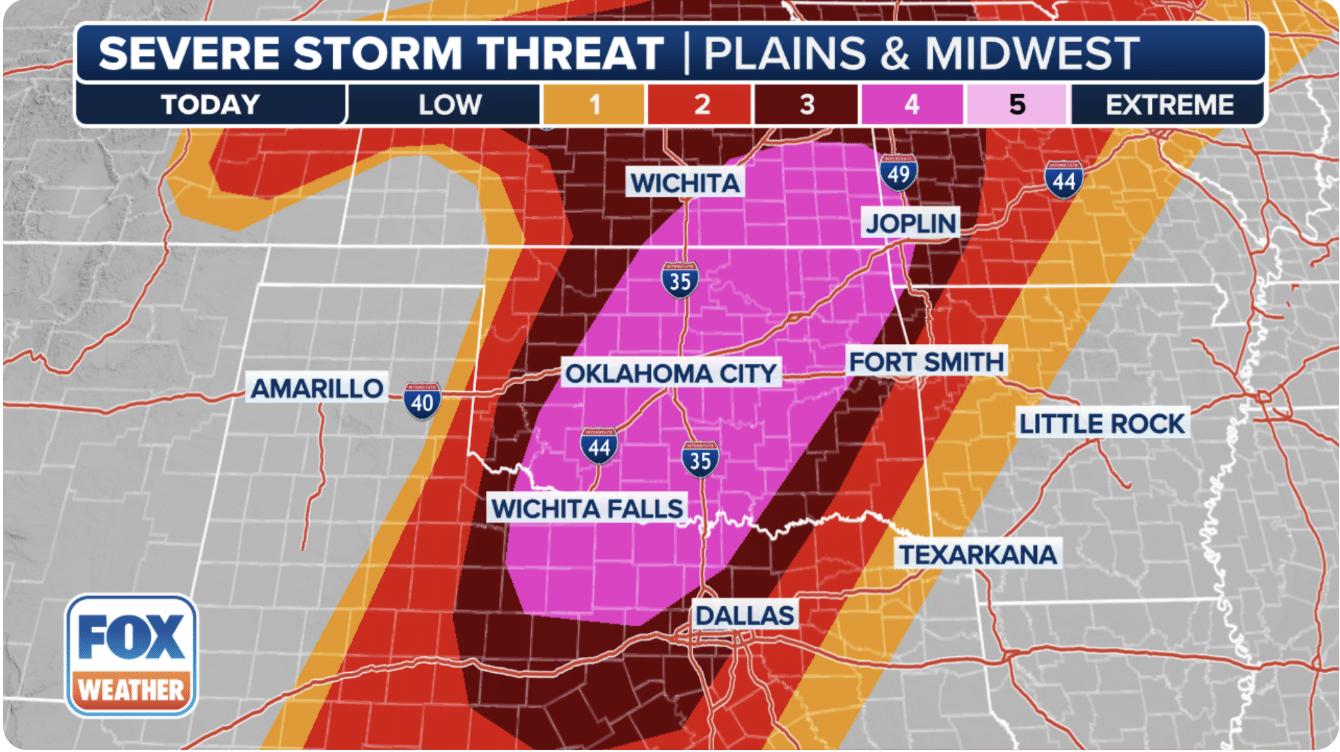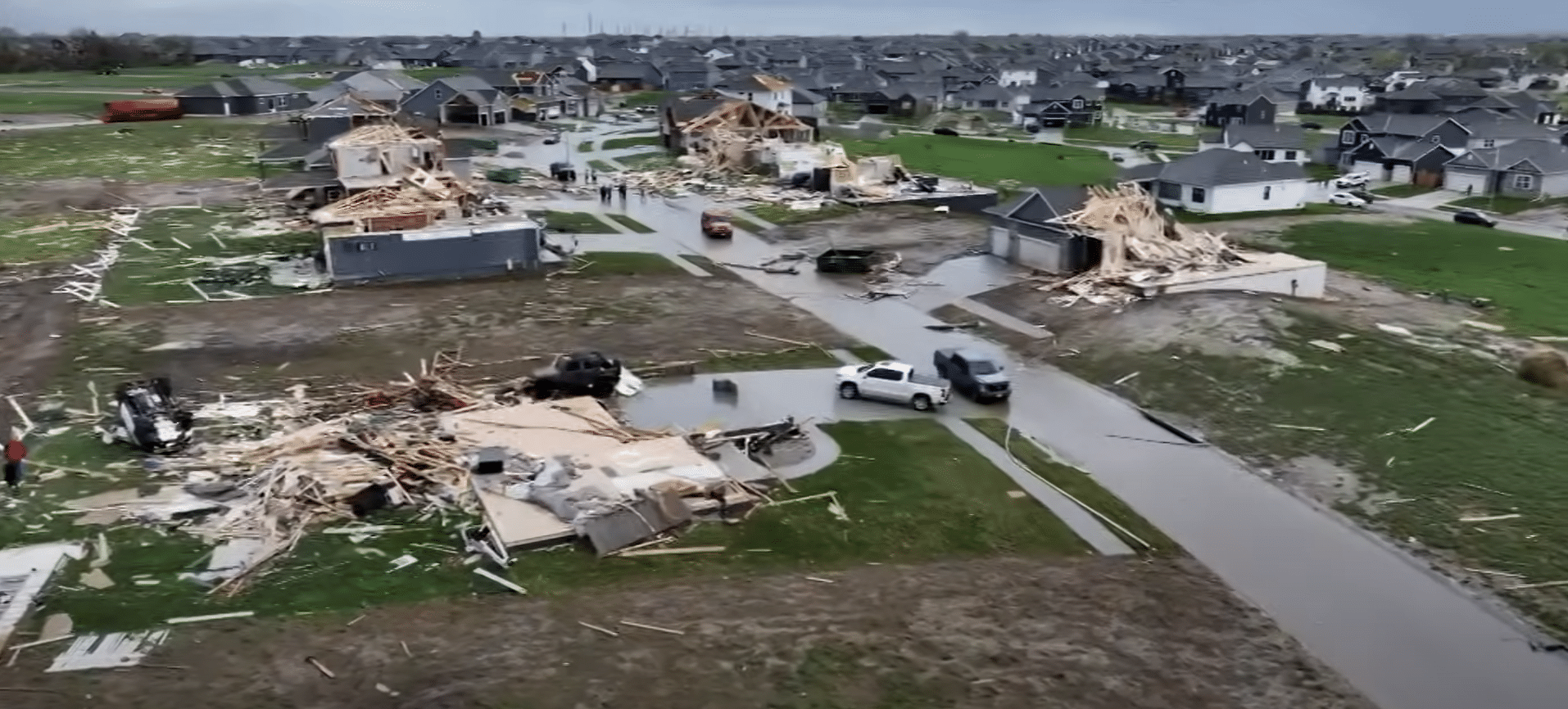We’re about to see the first “triple-dip” La Niña of the century, spanning three consecutive Northern hemisphere winters, the World Meteorological Organization (WMO) predicts.
The organization issued a forecast today warning of the unusual turn of events: the current La Niña, a weather pattern that can drive severe weather, will likely persist over the next six months into 2023. “It is exceptional to have three consecutive years with a la Niña event,” WMO Secretary-General Petteri Taalas said in a press release.
The phenomenon is expected to continue fueling bad weather across far-flung corners of the world. La Niña typically shows up every two to seven years, usually lasting a year or less. It unfurls across the Pacific Ocean, but its effects can be felt across the globe. Along with El Niño, it’s one of the extreme phases of the El Niño-Southern Oscillation (ENSO), a recurring climate pattern.
During a La Niña, unusually strong trade winds blow warm surface water from the Americas toward Asia. Then from the bottom of the sea, more cool water rises — leading to a cooling effect across the central and eastern tropical Pacific Ocean.
The consequences of that phenomenon vary from region to region and are never quite the same each year, but La Niña usually has the opposite effects of an El Niño event. Australia tends to get more rain, for instance, while Eastern Africa is usually dryer than normal.
This particular La Niña event started in September 2020. Since then, its “hallmark” has been seen in abnormal weather events around the world, according to Taalas. That includes the longest drought in four decades to hit the Horn of Africa. Facing five bone-dry rainy seasons in a row, more than 50 million people in seven countries stretching across Eastern Africa —
from Eritrea down to Kenya and Somalia — are expected to experience food insecurity this year, according to a United Nations-backed report. The latest La Niña forecast confirms that the ongoing drought will continue to worsen, Taalas said.
In Australia, on the other hand, La Niña fed record rainfall. Last week, rain gauges in Sydney recorded over two meters (6.56 feet) of rain since the start of this year. It’s the first time the city has hit that mark this early in the year since record-keeping began 164 years ago. Severe flooding has plagued parts of New South Wales, where Sydney is the state capital, throughout the year.
Climate change is also at play when it comes to more extreme weather events — whether that’s drought, flood, or La Niña. Research points to extreme La Niña and El Niño events becoming twice as frequent — to about once every decade — by the end of the century as global temperatures rise. (The Verge)

















